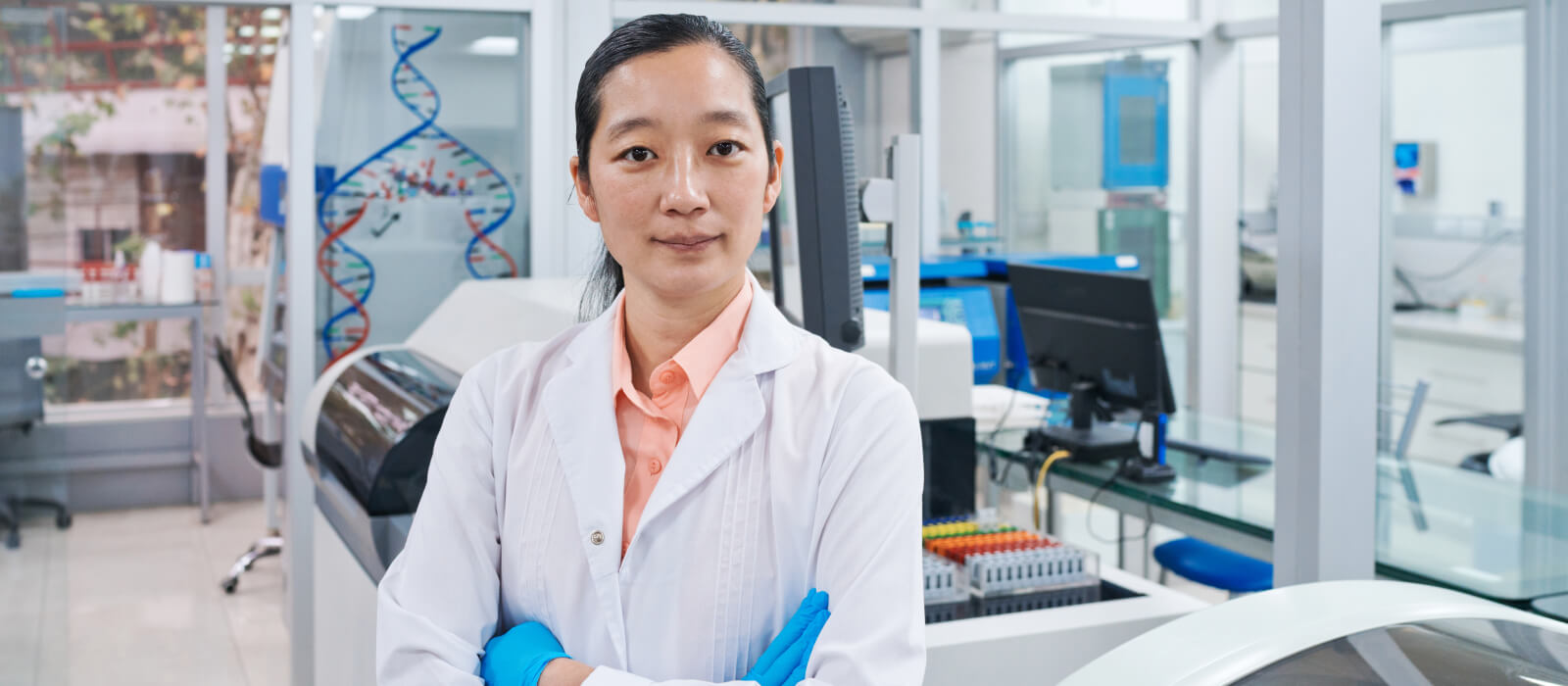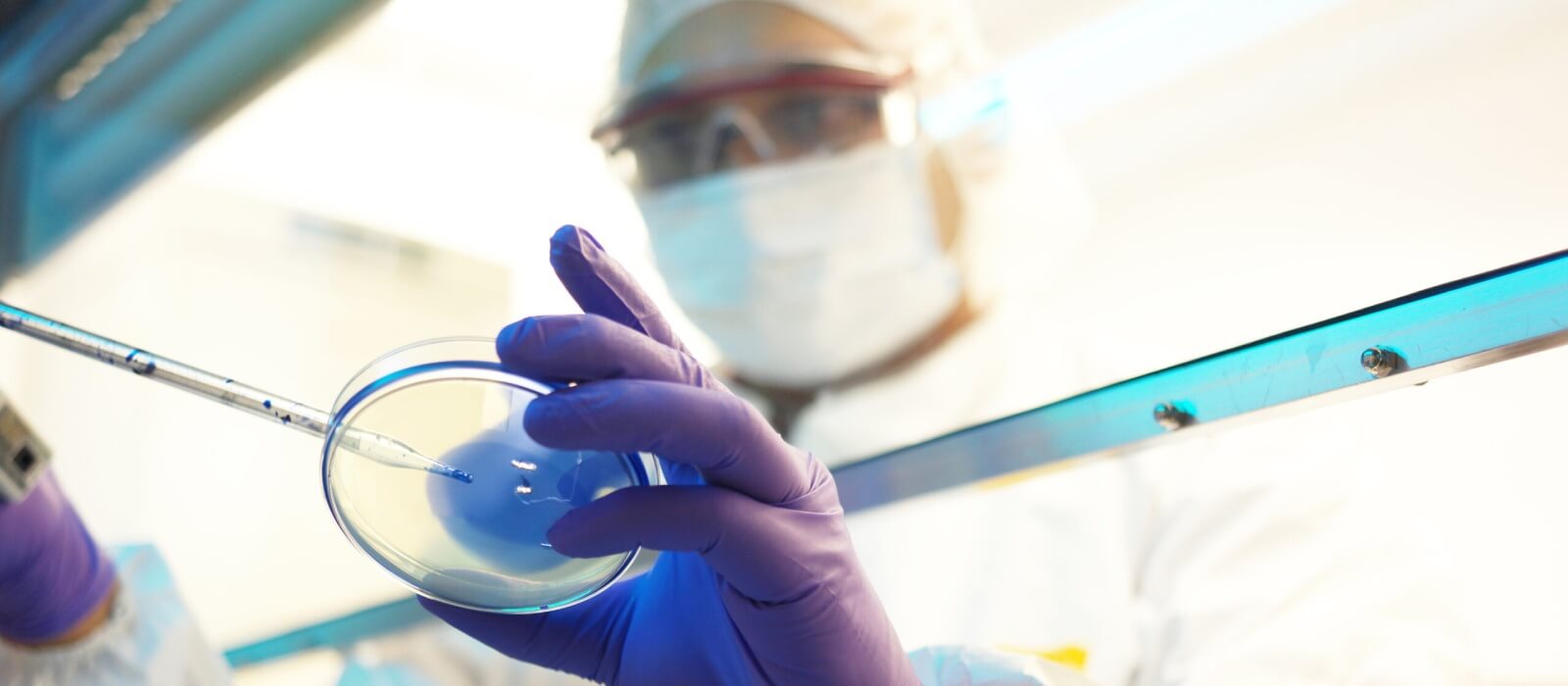7 EHS Compliance Factors to Consider Before Selecting Your Biotech Lab Space

When launching a biotech laboratory, the focus is more likely to be on the excitement of research, not the necessary hurdles needed to ensure environmental health and safety (EHS) compliance. Yet there are several key EHS factors that biotech startups should address as early as possible to ensure their staff is safe and reduce the risk of costly non-compliance.
In this blog, we’ll take a look at seven essential EHS factors every biotech startup should address as they select and design laboratory space.
1. Fill operational knowledge gaps
Consider this common origin story for a biotech startup: an individual leaving academia or a role at a larger biotech branches off to form his or her own startup. To help the organization grow, the founding scientist takes on multiple roles. This is where problems can begin: When founding scientists take on roles outside their area of expertise, their knowledge gaps can lead to operational problems. Added to this are time constraints and a lack of expertise that can lead to project delays and cause breakdowns in safety or compliance.
Before leasing or buying space for your biotech lab, find a partner you can trust to help navigate key EHS compliance issues. An in-house partner or third-party consultant can help keep your team safe and reduce the risk of costly noncompliance.
2. Identify tenant and landlord responsibilities
Many biotech startups opt to lease lab space in their early stages of growth. Before signing a lease, it’s important to determine which parties –landlord or tenant – hold responsibility for matters related to EHS regulatory compliance. For example, determine who holds responsibility for obtaining each permit and approval. What safety or emergency equipment is the landlord responsible for providing? What safety and security operations support will the landlord provide? Addressing these questions upfront will prevent confusion in the event of an emergency.
3. Meet all permitting requirements
While the exact permits you need will depend on the specifics of your operation and where your laboratory is located, a few of the primary types of permits that are needed for getting a biotech up and running include:
- A Laboratory registration (Note: this is a local registration only required in some cities and towns, such as Watertown and Boston).
- A permit for the storage of flammable liquids.
- A permit for water discharge.
- A permit for the use of rDNA (Note: this is a local permit only required in some major cities, such as Boston, Cambridge, and several outlying suburbs).
- A hazardous waste generator ID.
Keep in mind that each state and municipality has the ability to decide whether or not to adopt a new code when it is available, and whether or not to set their own requirements atop the code. As a result, biotech startups can find it challenging to navigate these varying permitting requirements. Because so many factors can impact the lab permitting process, many labs opt to work with a third party that can ensure compliance with all applicable requirements.
4. Design your space with safety in mind
Before you move in, make sure that you’re accounting for all of the small, necessary features that contribute to lab safety. For instance, don’t forget to consider the location of biosafety cabinets, emergency showers, and eye wash stations. You should also consider the location of biosafety cabinets relative to other biosafety cabinets, highly trafficked corridors, and air supply vents to ensure they are effective. Additionally, you need to account for well-marked exits and the location of chemical fume hoods. You must also factor in storage space and waste containers. When everything has a dedicated place, your facility becomes much less accident-prone.
5. Develop an EHS compliance plan
Most permits will require the development of specific environmental health and safety compliance plans or manuals. Taking the time to establish detailed plans will prepare your operation for any risk it may need to manage. While the exact nature of these requirements will depend on the specific operations of your lab, some of the typical plans you can expect to prepare include:
- A chemical hygiene plan.
- An exposure control plan.
- An emergency action plan.
- A hazard communication plan.
- A biosafety manual.
- A plan to enforce applicable OSHA standards.
6. Establish an EHS program
An EHS compliance plan is a good start; an effective environmental health and safety program will ensure that your plan remains up-to-date and followed by your team. An effective program accounts for the resources and dedicated personnel needed to ensure your program succeeds. It establishes the processes and procedures for safely managing day-to-day activities in the lab and keeping compliance plans up-to-date. And it delivers consistent communication that ensures that everyone involved in the lab is knowledgeable about safety procedures.
7. Consider move-out before you move in
When transferring a biotech laboratory to a new space, you have an obligation to leave behind a clean, safe space for the next tenant. By working out decommissioning and other obligations with your landlord before you move in, the process won’t come as a surprise on move-out day. Your landlord may request a decommissioning plan in advance of your lease end date for their review and approval.
In addition, consider including an indemnity clause in your lease. This can prevent your lab from being stuck with the cost of cleaning up hazardous materials that may have been used by a previous tenant or in a multi-tenant setting.
Proactive planning leads to long-term success
To ensure early hiccups don’t derail the progress and growth of your biotech laboratory, it’s important to follow a carefully cultivated process that allows your startup to build and flourish. By addressing EHS and other compliance factors as early as possible, you can comfortably move forward with making your new laboratory space your own.
Given the many factors that can impact lab safety and compliance, many biotech startups opt to hire an EHS expert. These professionals can make a complicated process much more manageable. Additionally, having assistance with leasing, permitting, and EHS design can reduce the time needed to get up and operational and ensure that your operations are safely managed.
For a more detailed understanding of the typical challenges biotech startups face, download our free guide, Biotech Startups: How to Navigate Early EHS Compliance Challenges.
Subscribe
to our blog
"*" indicates required fields





